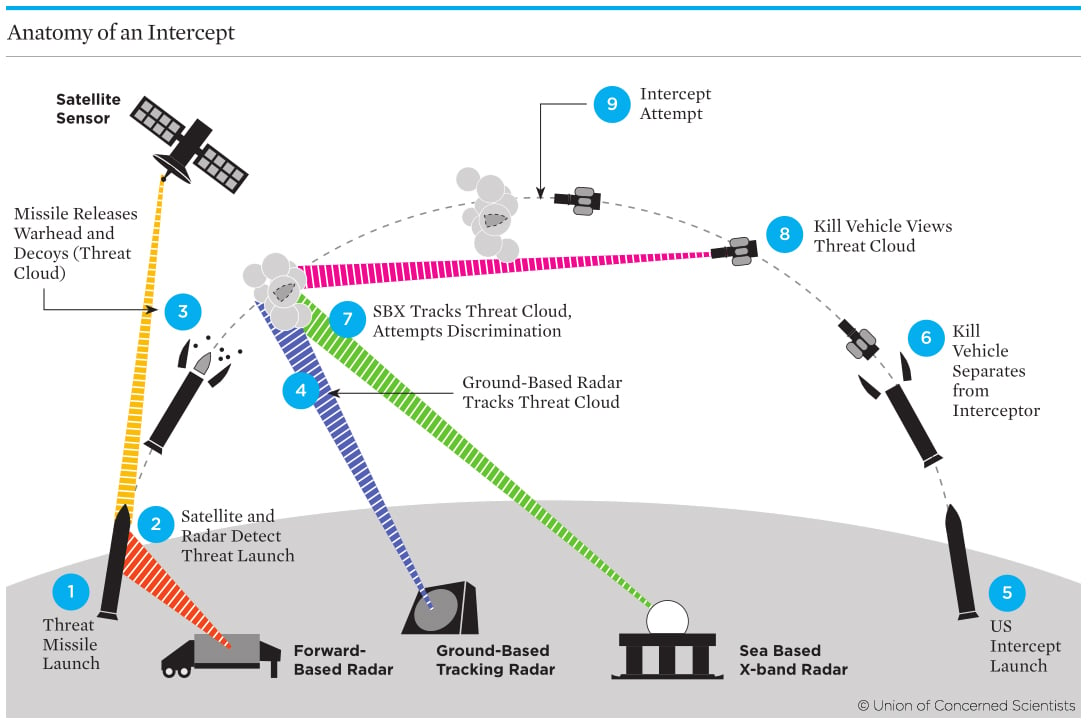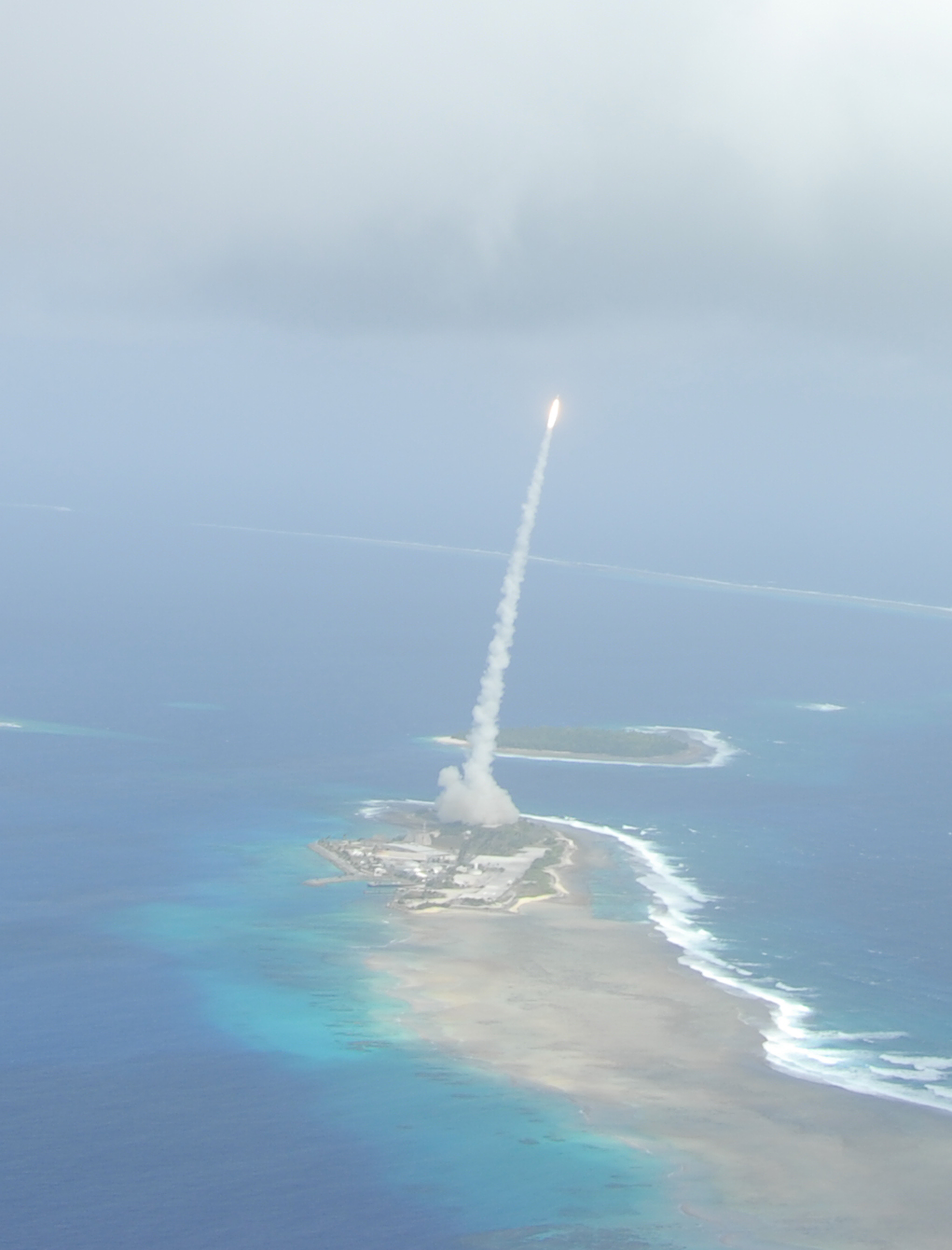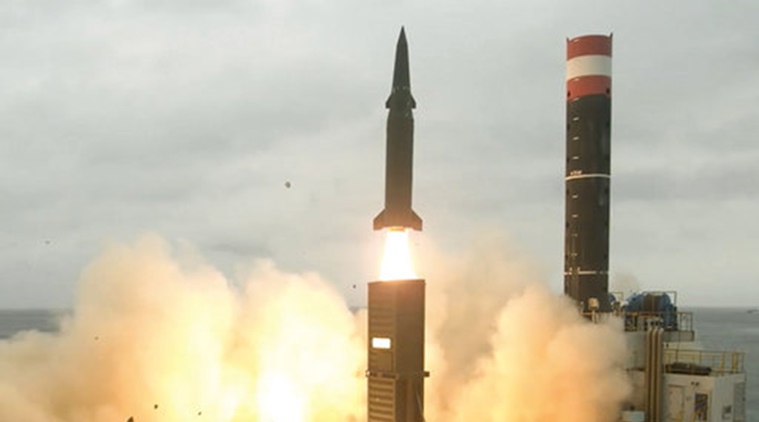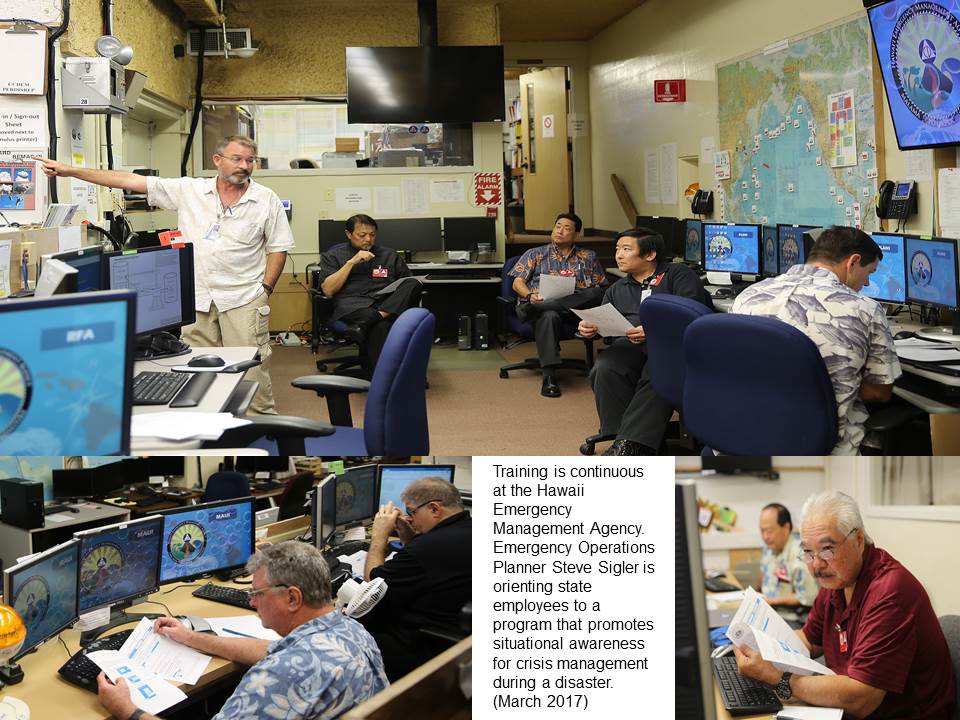“Join us for this session of Grand Rounds to learn what public health programs have done on a federal, state, and local level to prepare for a nuclear detonation,” urges the CDC email advising people on one of the agency’s mailing lists about the session. “Learn how planning and preparation efforts for a nuclear detonation are similar and different from other emergency response planning efforts.”
The CDC holds grand rounds virtually monthly on topics such as birth defects prevention, diseases spread by ticks, and sodium reduction. A previous grand rounds on radiological and nuclear disaster preparedness was offered in March 2010. More here.
Hawaii has already been preparing and practicing.
Perhaps CNN and MSNBC would do well to report this rather than the constant harangue of Donald Trump… CNN kinda has reported this, but you had to look hard to find it.
Welcome to 2018. It’s been an apocalyptic start to the new year. And according to the US Centers for Disease Control and Prevention, the worst could be yet to come.
The agency wants the American public to get ready for the possibility of a nuclear strike, reports Politico, and it has posted a notice for a Jan. 16 briefing titled “Public Health Response to a Nuclear Detonation.” The session in Atlanta, Georgia will include experts on radiation and disaster preparedness and discuss what federal, state and local governments are doing to prepare.
Over the weekend, a former chairman of the joint chiefs of staff under two presidents said the U.S. is closer to nuclear war with North Korea “than we have ever been.” | AP Photo
While they are meeting, here is a 204 page document for review.
Kinda serious here:
The CDC wants the public to be prepared for nuclear war.
The agency has posted a notice touting a Jan. 16 briefing about the work that federal, state and local governments are doing in case of a possible nuclear strike.
CDC on Friday said that the event has been in the works since last April.
The briefing is part of the agency’s monthly “Grand Rounds” sessions at its Atlanta headquarters. Upcoming briefings are mostly devoted to more conventional public health concerns, such as childhood vaccinations and hepatitis C. More here.
*** Here is a recommendation document by government agencies for review.
While a nuclear detonation is unlikely, it would have devastating results and there would be limited time to take critical protection steps. Despite the fear surrounding such an event, planning and preparation can lessen deaths and illness. For instance, most people don’t realize that sheltering in place for at least 24 hours is crucial to saving lives and reducing exposure to radiation. While federal, state, and local agencies will lead the immediate response efforts, public health will play a key role in responding.
Join us for this session of Grand Rounds to learn what public health programs have done on a federal, state, and local level to prepare for a nuclear detonation. Learn how planning and preparation efforts for a nuclear detonation are similar and different from other emergency response planning efforts.




 ICBM launches have three distinct phases of flight. During the boost phase, a rocket launches the warhead at high speeds above the atmosphere, where it continues in free-fall through the vacuum of space. The midcourse phase begins with the rocket separating from the warhead, which continues unguided and unpowered, hundreds of miles above the Earth. The reentry, or terminal, phase sees the warhead descend at high speeds back through the Earth’s atmosphere toward the ground.
ICBM launches have three distinct phases of flight. During the boost phase, a rocket launches the warhead at high speeds above the atmosphere, where it continues in free-fall through the vacuum of space. The midcourse phase begins with the rocket separating from the warhead, which continues unguided and unpowered, hundreds of miles above the Earth. The reentry, or terminal, phase sees the warhead descend at high speeds back through the Earth’s atmosphere toward the ground.





